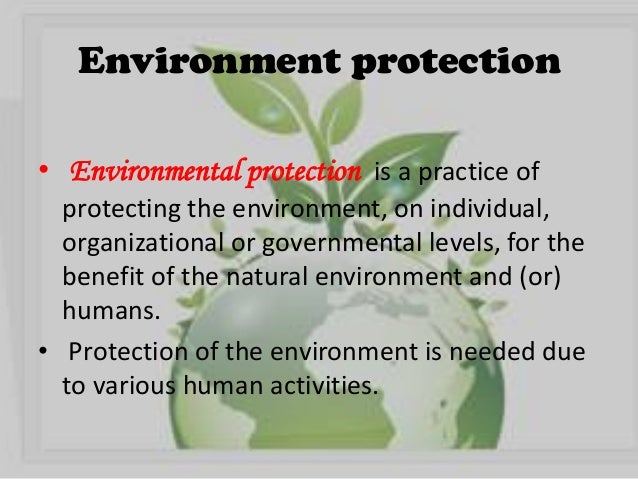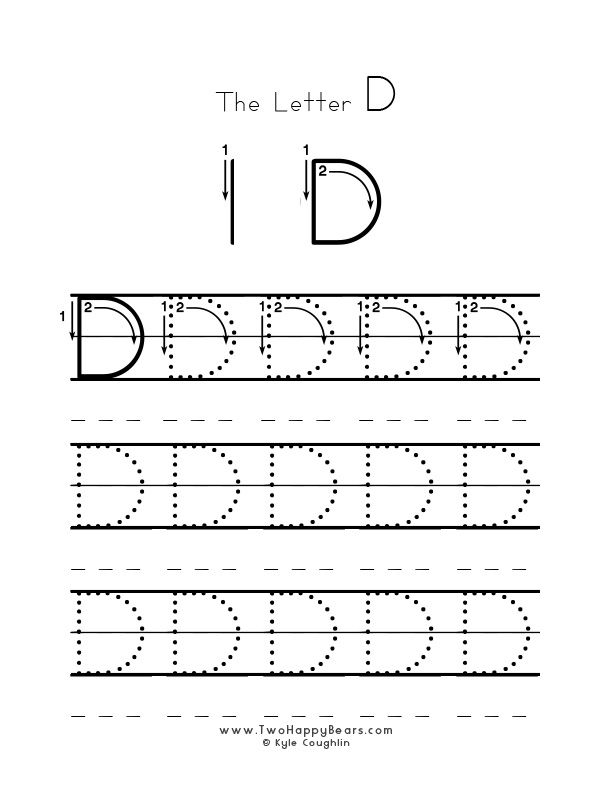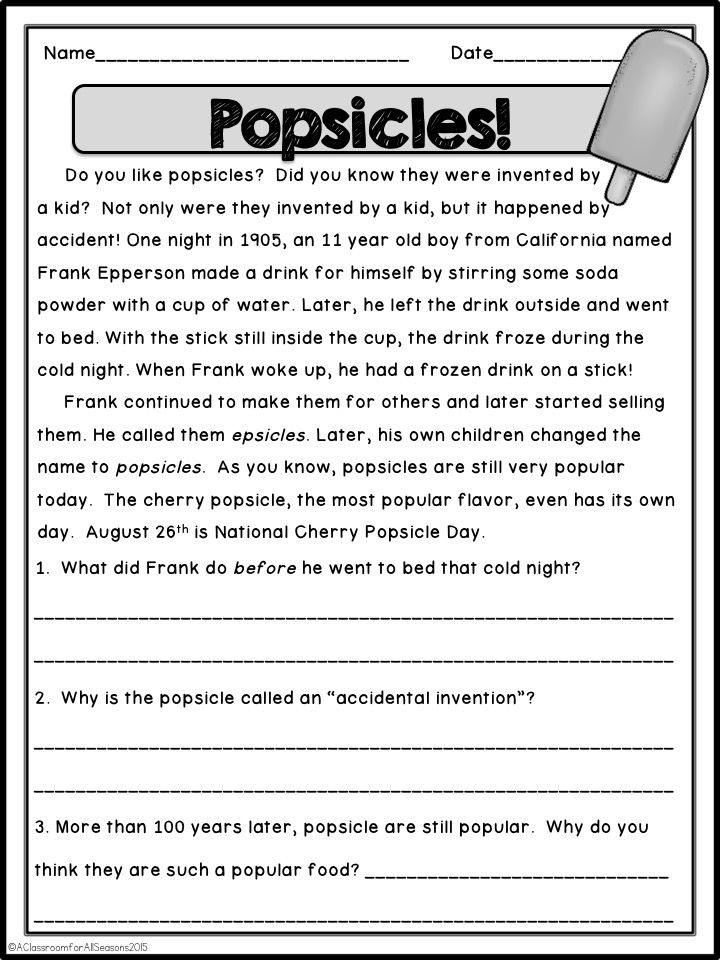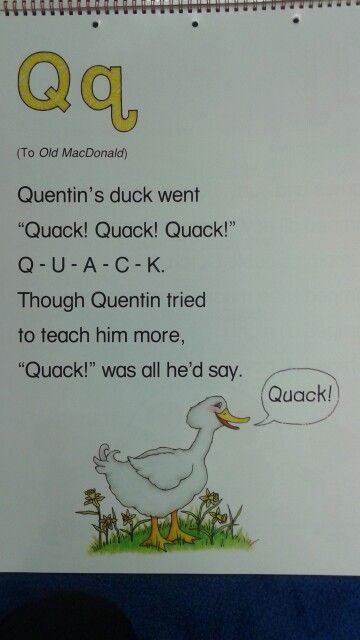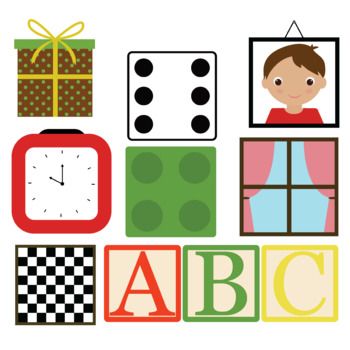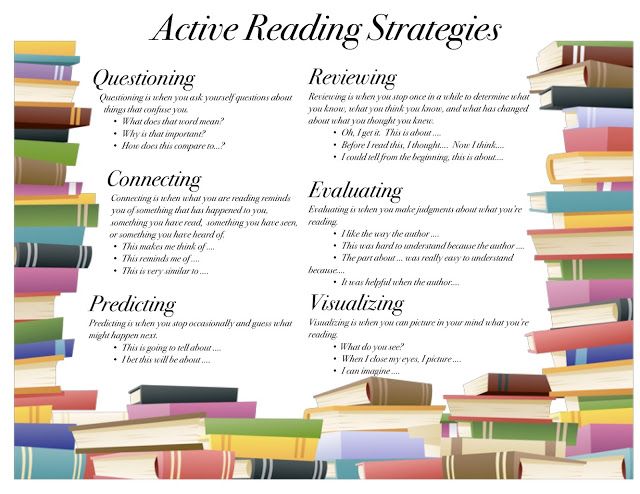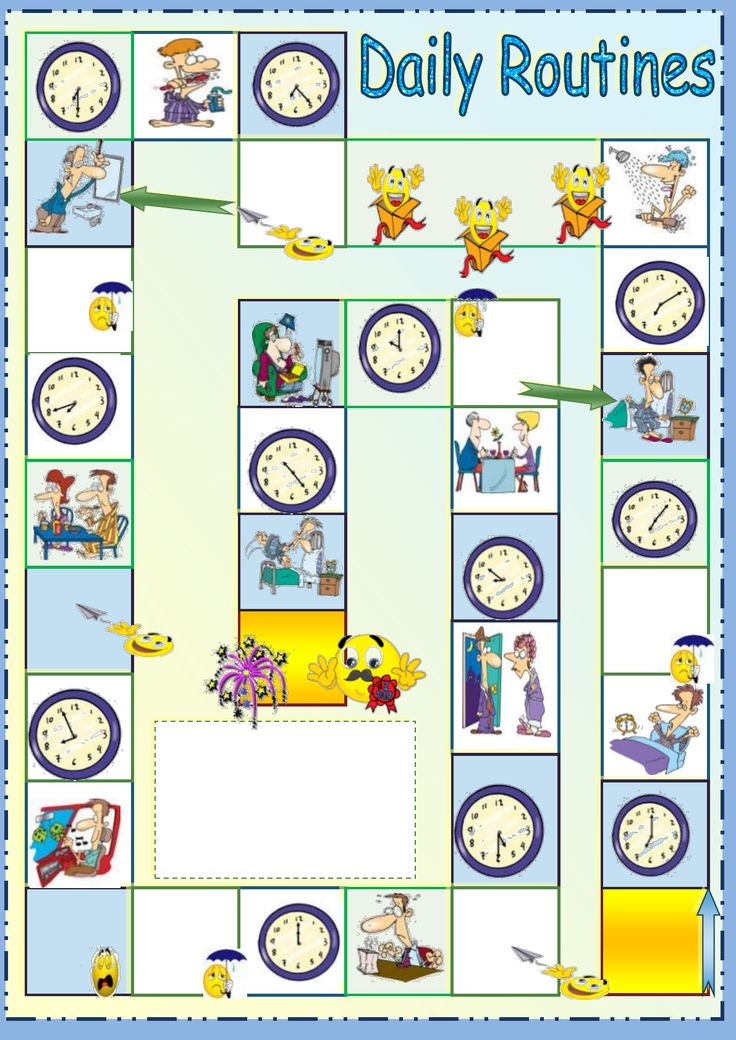Definition of environmental print
Environmental Print Ideas, Activities, Games and More!
Environmental print is the print we see everyday in the world around us in the form of logos and signs. Young children learn how to recognize this type of print first, its an important part of the emergent literacy process.
What is Environmental Print?
Recognizing this kind of print is one of the beginning stages of literacy development. The letters, numbers, shapes, and colors found in logos for products and stores such as McDonald’s, Wal-Mart, Coke, and Campbell’s soup all provide opportunities for emerging readers to interact with print and the written word in their own environment.
Why Use Environmental Print?
Using this type of print in the classroom is very meaningful to young children. The logos and signs they see in their daily lives hold great meaning for them. How many times have you driven by a McDonald’s restaurant with your child in the car and he has shouted “Look! McDonald’s!”? Children get excited when they can “read” the print in their environment.
It is another way to build confidence in young children and get them excited about reading. When children are excited about reading and print holds meaning for them, they will learn much faster and begin to make connections to the world around them. When children use the contextual clues to “read” then they will be able to transition into the functional print of school more easily.
How to Use Environmental Print
This kind of print can be incorporated easily into every area of the early childhood classroom. We have 12 Environmental Print Activities we love using in the classroom. Here are some ideas for using environmental print in your classroom.
Environmental Print Class Book
Have your students bring box fronts of their favorite breakfast cereal to school and make a class book titled “What’s for Breakfast?”.
Our Favorite Restaurant book: Have the students bring bags from their favorite restaurants. Next, mount the logos from the bags on cardstock and add the text below. “________ (child’s name) likes to eat at ________(name of restaurant)”
“________ (child’s name) likes to eat at ________(name of restaurant)”
Environmental Print Bingo Game
Combine emergent literacy learning and bingo for lots of fun! Download the free printable game on the blog here.
Memory Matching Game
Collect the mini-cereal boxes and cut the fronts off the boxes. You will need two of each box front to make the matching game. Mix up the box fronts and place them face down to create a memory matching game.
Pocket Chart Sentences
You can download the free pocket chart sentences here.
Word Wall
Put Environmental Print on your word or name wall. It is even more meaningful if you have the students bring in their own examples to put up on the wall themselves. Here’s a printable note you can send home to parents to collect environmental print.
I Spy
There are two ways to do this activity. The first way is to invite your students to bring in an example to share. Then, cut out the Environmental Print and staple it to a bulletin board or glue it on a poster board. Children can play the “I Spy” game using the bulletin board or chart they created. The other way is for those of you who have an ELMO (see the ELMO page if you don’t know what that is). Using the Google image search feature create a page with all sorts of different examples that your students will recognize. Next, put the page under your ELMO and the students can play “I Spy” using a big pointer or fly swatter to touch the images on the screen.
Then, cut out the Environmental Print and staple it to a bulletin board or glue it on a poster board. Children can play the “I Spy” game using the bulletin board or chart they created. The other way is for those of you who have an ELMO (see the ELMO page if you don’t know what that is). Using the Google image search feature create a page with all sorts of different examples that your students will recognize. Next, put the page under your ELMO and the students can play “I Spy” using a big pointer or fly swatter to touch the images on the screen.
Puzzles
You can make simple puzzles from cereal box fronts for your students.
Sorting
Students can bring in all sorts of Environmental Print and you can have them sort them by category (food, toy, store, signs etc)
T-Chart
Create a simple t-chart in your word processing program and have students glue environmental print on the page in categories of “I like/I don’t like”, or “food/fun”.
Environmental Print Block Center
Add traffic signs to your block center. You can find the free printable road signs HERE.
You can find the free printable road signs HERE.
Teaching with environmental print is important, but it’s only one small piece of the literacy puzzle. If you really want to be the best teacher you can be, the best place to learn more about current best teaching practices and get the support you need is in the Teaching Trailblazers. We have many printable lessons and on-demand video training to help you become the best teacher you can be! If you want to get on the waiting list for the Teaching Trailblazers, do it soon so you don’t miss the next open enrollment period!
Resources
More Literacy Ideas from Pre-K Pages
Reading Environmental Print – Paths to Literacy
Through incidental learning, young children learn to read environmental print, which is an important stage in their literacy development. According to the website Reading Rockets, which is part of a national initiative to teach literacy skills, “Environmental print is the print of everyday life.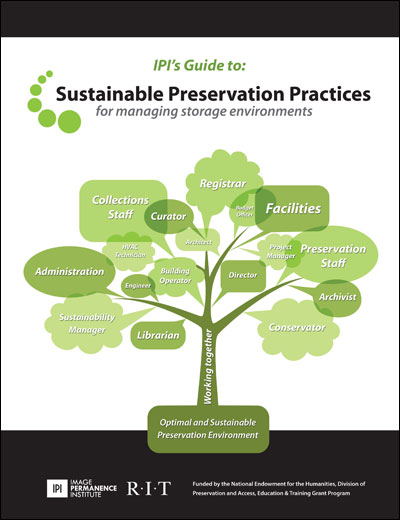 It’s the name given to the print that appears in signs, labels, and logos”. Environmental print is on restaurant signs, store signs, and food packages. Learning to read environmental print is a critical pre-literacy skill. (
Read more about this in Evidence on the Classroom Design and Layout: Literacy-Rich Environments.)
It’s the name given to the print that appears in signs, labels, and logos”. Environmental print is on restaurant signs, store signs, and food packages. Learning to read environmental print is a critical pre-literacy skill. (
Read more about this in Evidence on the Classroom Design and Layout: Literacy-Rich Environments.)
They learn to read in the stores, on the road, in their own pantry. Children can identify their favorite box of cereal, fruit snacks, cheese sticks, and granola bars. As they ride in the car, they read the signs of restaurants and stores. As children explore the grocery store, they read items they recognize. Young learners recognize these famous logos at home, at school, at their friend’s house and on the road. It is an important step in learning to read print. However, as we know, it is much harder for students with low vision to learn to read environmental print. We need to create opportunities for them to see the print and learn to read it.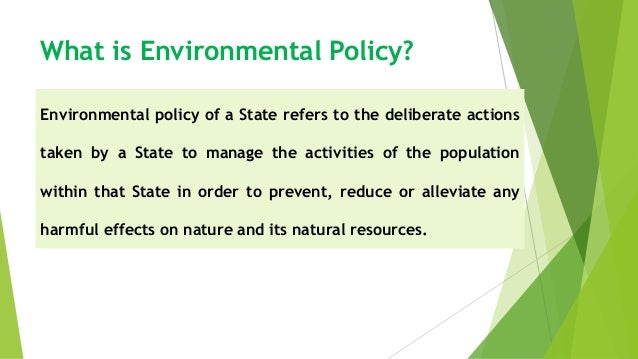 With a little bit of effort and creativity, students will be reading.
With a little bit of effort and creativity, students will be reading.
How Can Environmental Print Be Taught?
Environmental print can be taught in several different ways. The activity needs to be meaningful and fun. Environmental prints should be brought to the reader initially. In school, students need to read the print to choose their food for snack. At home they can read the print in grocery and store ads to make a list for shopping. They will be able to recognize their preferred items on store shelves. In the community, students can choose a restaurant or store based on their signs. Work with the family to identify and support these Expanded Core Curriculum (ECC) activities.
Environmental Print and the Expanded Core Curriculum
Environmental print activities can support the following areas in the ECC: compensatory, independent living, recreation and leisure, orientation & mobility, sensory efficiency skills and use of assistive technology.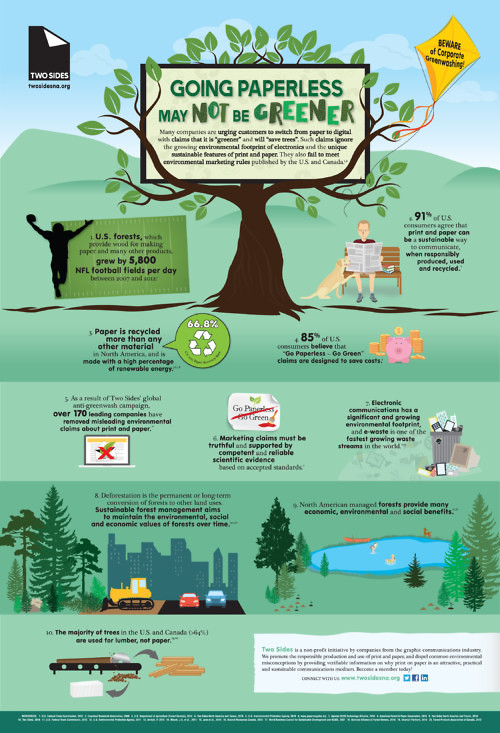
-
Compensatory:
Reading large print with or without optical aids, identifying and using a communication mode, using calendar systems.
Developing skills such as choice making for items, preparing snacks and meals, and organizing lists
Exploring and choosing preferred stores and restaurants.
Navigating the store, locating items on the shelves
Using a monocular to locate aisles in the store, using a magnifier to read print logos, using augmentative communication devices.
Create Your Own Book of Environmental Print
Make a book of environmental print that is relevant to your learner. An easy way to do this is to print familiar logos. For food items, you can cut the front of the box – such as the front of a Cheerios box. Attach a small Ziplock with the food item inside. Glue each logo on a page. Label the store or item in large print. Bind the book for durability. You can either do one book for each category, or make a book with several categories. Examples of categories are stores, restaurants, groceries, school.
Examples of categories are stores, restaurants, groceries, school.
Environmental print can be taught to a variety of ability levels. Here are some ideas for reaching all learning styles. Put braille on the print also so braille readers can learn to read the labels also.
Activities for the classroom:
- Fill your room with print in a natural setting. In the housekeeping center, bring in empty boxes of cereal, granola bars, fruit snacks, crackers etc. Encourage students to engage in pretend play. Identify the brand name of the food, and the type of the food. In the classroom, students can “shop” in the housekeeping center. Display a picture of the food ads on the wall or on an Invisiboard.
- At snack time or lunch time students can choose food from their original container. For example, let’s get a box of cereal. Which one do you want? After they become more familiar with and identify the labels, you can move to partial boxes.
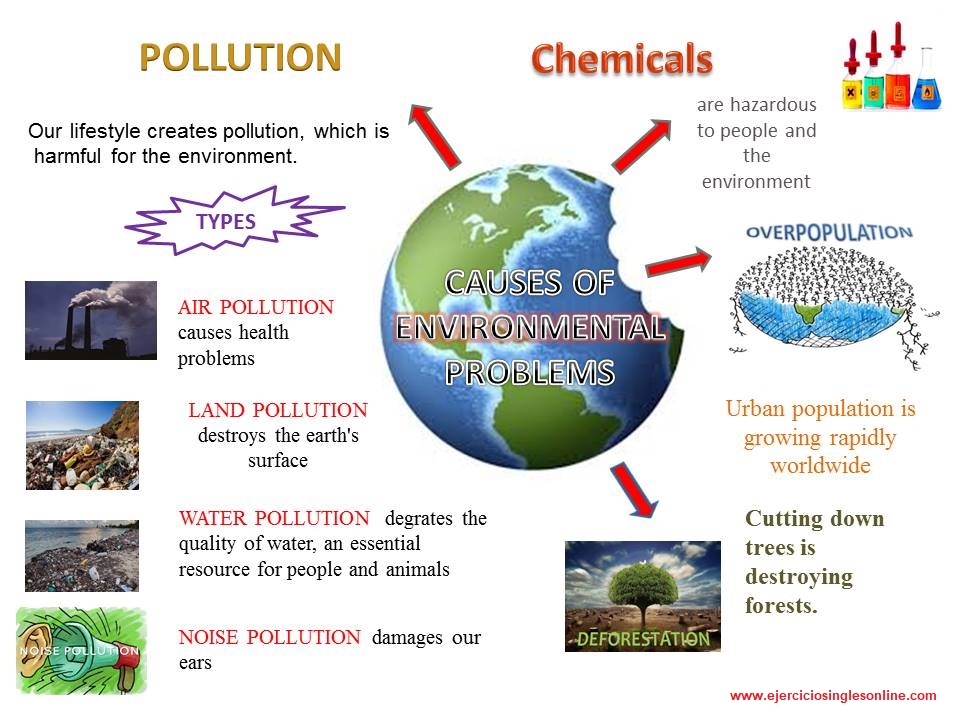 Cut off the front of the box and secure it to the wall or make a book. Students can look at the “menu board” to read the menu and choose their snack. As an extension activity, a smaller menu can be made. Students can flip through their menu book or read a menu page with labels on it (add picture). This skill can be generalized for reading the school menu throughout the school year.
Cut off the front of the box and secure it to the wall or make a book. Students can look at the “menu board” to read the menu and choose their snack. As an extension activity, a smaller menu can be made. Students can flip through their menu book or read a menu page with labels on it (add picture). This skill can be generalized for reading the school menu throughout the school year.
- Shopping at the store: Students can make a grocery list by reading their food boxes or picture cards. Then for a field trip, take the picture list to the store and shop.
- Cooking activities: students can read the recipe and then prepare the food. Examples of easy to read recipes are making s’mores (using pictures of a marshmallow bag, graham crackers box and Hershey bar wrappers), rice krispie treats (rice cereal, marshmallow bag, butter wrapper), fruit smoothie (milk or yogurt, fruit), or individual pizzas (premade dough, pepperoni, and cheese).
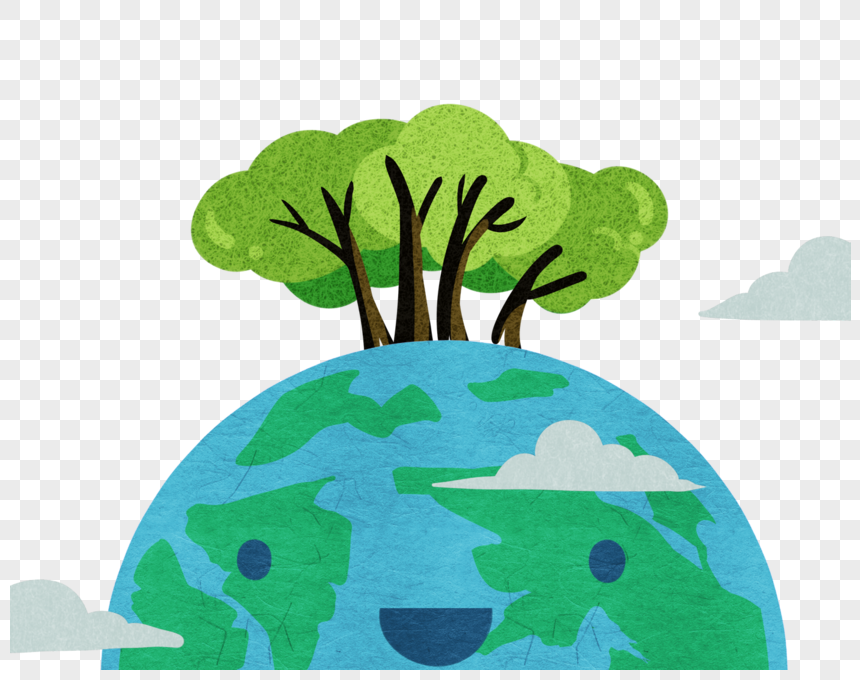
- Writing: Use the book as an aid in writing activities and experience books. The logos can be used as story starters. For example: What did you eat at McDonald’s? Did you like it? Students can dictate their answers. Encourage them to scribble, write letters or type. This activity can be modified for a student with limited expressive language or expanded for a student with more words
Extension Activities
- Home/Family ECC activity: Families can make a restaurant book with pictures of sign of restaurants. Students can choose their restaurant from looking at the pictures. When families go to the restaurant, they can compare the logos to match them. So although students with low vision may not be able to see the marquee signs, they can recognize the logos that are placed throughout the establishment.
- On the road: As you are driving with your child or riding with a student on the bus, you will most likely pass familiar places.
 Point them out to your learner. For example, “I see a large yellow ‘M’, that’s McDonalds, or I see a large red circles that’s Target. Find the logo in the book. As you go thru the store, look for the logo on items. Compare it to the logo in the book.
Point them out to your learner. For example, “I see a large yellow ‘M’, that’s McDonalds, or I see a large red circles that’s Target. Find the logo in the book. As you go thru the store, look for the logo on items. Compare it to the logo in the book.
References/Resources
These two websites have a wealth of information regarding literacy. Visit American Foundation for the Blind and Reading Rockets.
- http://www.afb.org/
- http://www.readingrockets.org/
SHARE THIS ARTICLE
What is sustainable printing? | Veneta System
Next article
All about printing
May 1, 2016
Eco-friendly printing is not only and not so much about reducing the volume of printing, but about optimizing the entire printing process. By printing on a piece of paper on both sides, you will not solve the problem of ecology. You will only reduce the amount of waste paper.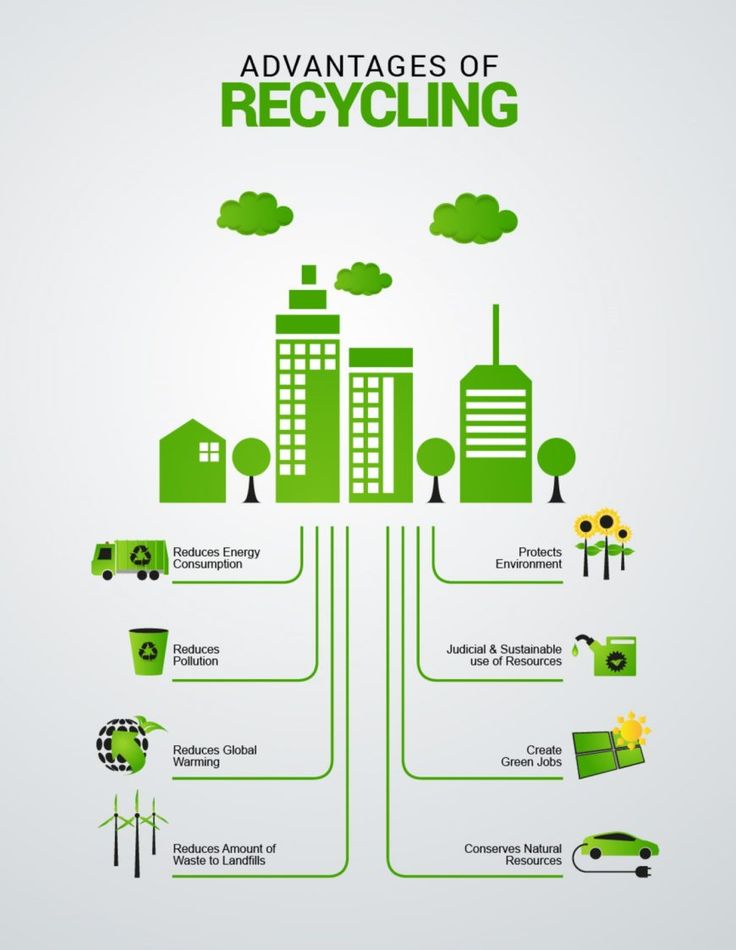 So what is sustainable printing, and how, following some simple rules, to maintain an ecological balance and not harm personal karma. Consider all the components of the press, and all the points that we can positively influence.
So what is sustainable printing, and how, following some simple rules, to maintain an ecological balance and not harm personal karma. Consider all the components of the press, and all the points that we can positively influence.
- The printer will become harmful if left unattended
The printing machine itself - a printer, an MFP - consists of a large amount of harmful plastic. The sooner a printer breaks down, the sooner it ends up in a landfill. Now there are more and more organizations that are thinking about the proper disposal of various kinds of electronic equipment, but even with such good intentions, it is difficult to find the right organization that will really dispose of this equipment as dangerous, and not just leave it in a general dump. There is Federal Law No. 214-FZ “On Precious Metals and Precious Stones”, Federal Law of 06/24/1998 N 89-FZ "On production and consumption waste", which contains information on the proper disposal of electronic devices.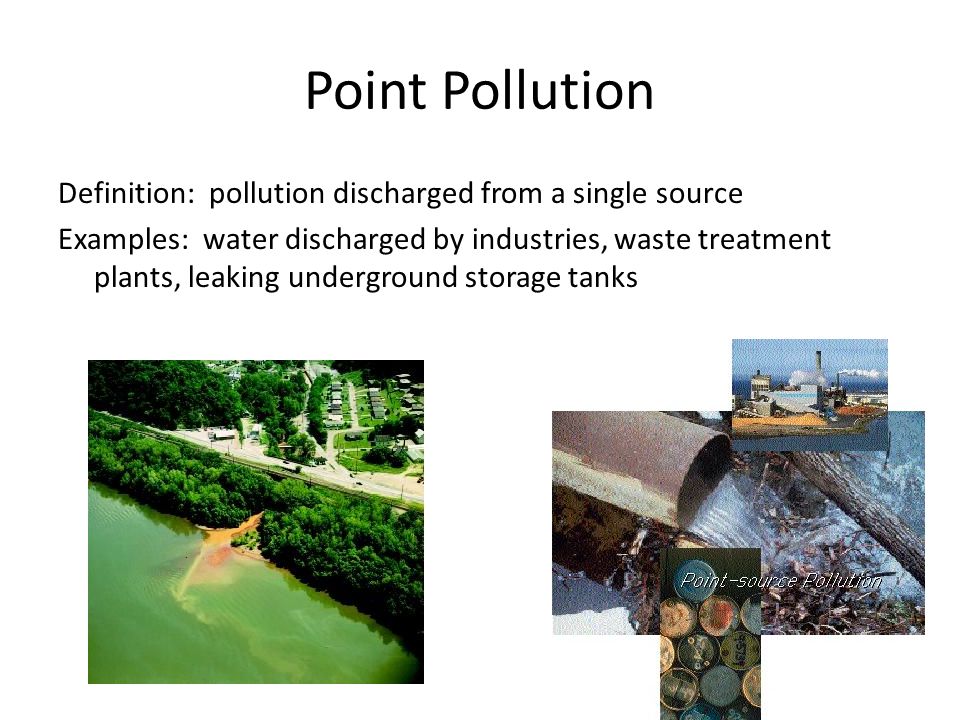
In order for the printer not to be disposed of, you should try to keep its functionality as long as possible. To do this, it is necessary to carry out mandatory maintenance every six months. This will keep the printer in working condition for many years. In addition to maintenance, the equipment also requires simple care - to protect it from dirt and dust, from temperature fluctuations in the room and other external factors.
- Cartridges - in quantity
If the printer becomes unusable after years, then the cartridges have to be changed more often - in a month, two or three (depending on the volume of printing, of course). And here there is a real threat of a huge amount of hazardous waste. Cartridges from laser printers belong to the IV category of hazardous waste, they are made from hazardous plastic and contain toner residues.
Here you can find several opinions on how to renew the cartridge life. The first option is to buy a new cartridge from the manufacturer when the cartridge resource is exhausted.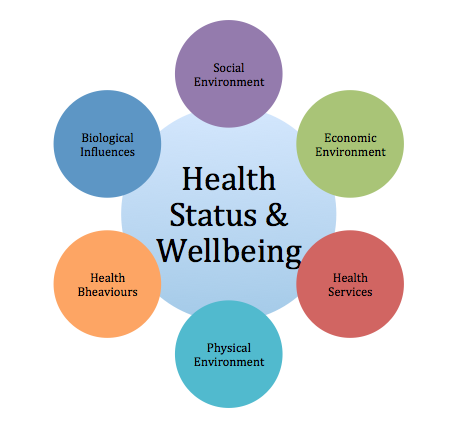 We are not talking now about cost and savings (although many are stopped from buying this, of course). In this case, the used cartridge is sent, as a rule, to the same place - to the city dump, which is already cramped. It’s good if someone decides to “dispose” it properly, but there are only a few of them, and the amount of waste from this will not be reduced. The result is one, the cartridge is thrown away.
We are not talking now about cost and savings (although many are stopped from buying this, of course). In this case, the used cartridge is sent, as a rule, to the same place - to the city dump, which is already cramped. It’s good if someone decides to “dispose” it properly, but there are only a few of them, and the amount of waste from this will not be reduced. The result is one, the cartridge is thrown away.
Another option that is used quite often and everywhere - whether it's an office printer in a large company or a home printer - is refilling cartridges. Here we leave the issues of print quality and legality. Refueling is not at all an environmentally friendly option, as many may think. Firstly, because a refilled cartridge can be dangerous not only for your printer, which you will have to dispose of later along with the cartridge, but also for your health. Refilled cartridges are cartridges that have been filled with toner without the use of special equipment and technology.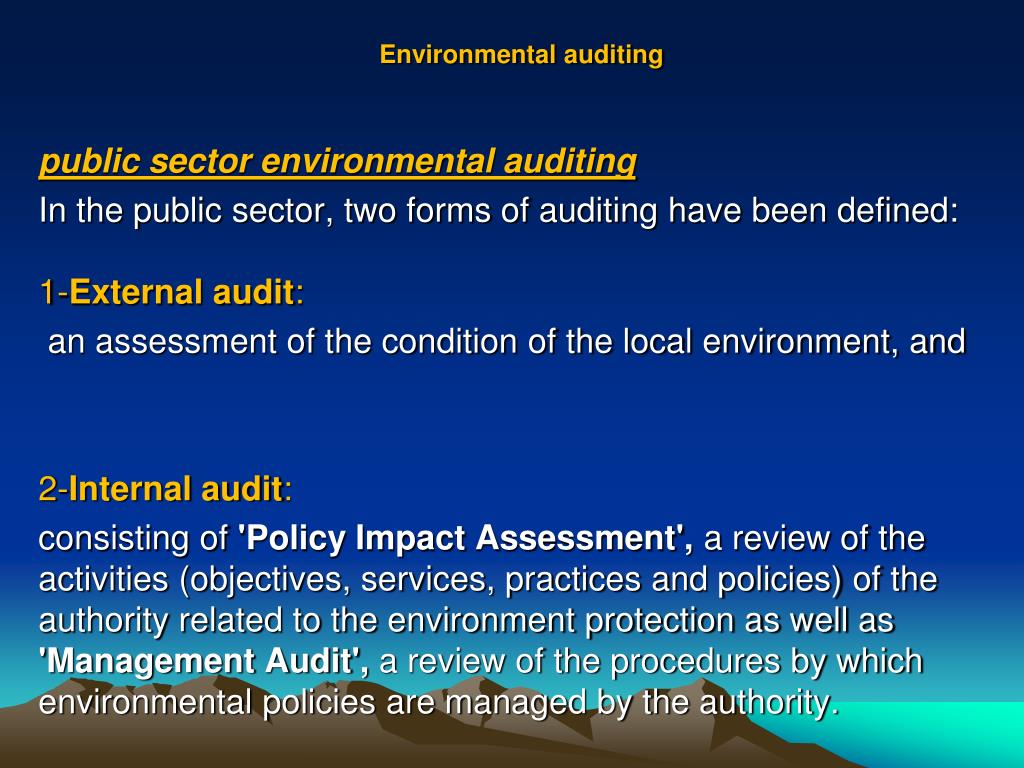 This causes toner to spill into the printer, which leads to the evaporation of harmful substances and, as a result, damage to the printer. Yes, and printing material on refilled cartridges, you can spend even more paper to achieve tolerable print quality.
This causes toner to spill into the printer, which leads to the evaporation of harmful substances and, as a result, damage to the printer. Yes, and printing material on refilled cartridges, you can spend even more paper to achieve tolerable print quality.
The third option can be called optimal - this is recovery, or in other words, recycling. It is often confused with dressing, but still it is worth explaining the difference. Firstly, only original cartridges (from manufacturers) are subject to restoration, it does not violate the rights of these companies, it is carried out using technology using specialized equipment and patented consumables. The cartridge is not just refilled with toner, wear parts are changed in it. It is also difficult to determine the right restoration company, a gas station can pretend to be a restoration, but, most importantly, do not be afraid to ask for documents, be interested in certificates and the availability of production. With this balanced approach, your cartridge can withstand up to 6 remanufacturing cycles.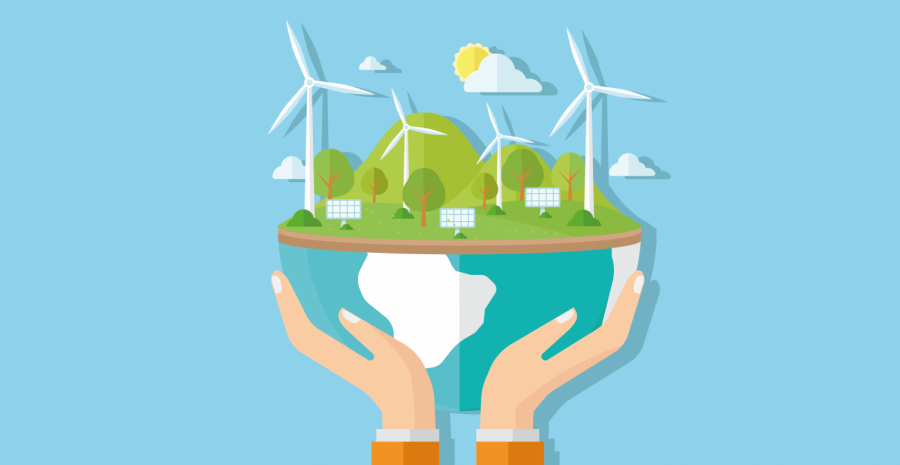 And this means 6 times less cartridges in the landfill. And the print matches the quality of the original (to verify this fact, some companies can request testing).
And this means 6 times less cartridges in the landfill. And the print matches the quality of the original (to verify this fact, some companies can request testing).
Another popular option is the use of compatible products, or in other words, Chinese counterparts. Solid obvious disadvantages - they cannot be restored (they won’t even survive a refill), they run out quickly (the cartridge resource does not meet the standards), so they have to be changed more often, thrown away more often than any others. In addition, they are made from very low-grade plastic, dangerous, not suitable for recycling. And they can't even be accepted for recycling. In general, with compatible cartridges, we can stay in cartridge-filled landfills.
Following our logic, paper is the next type of printing consumables. Here, as an option, you can use duplex printing, BUT only on printers that can perform this function.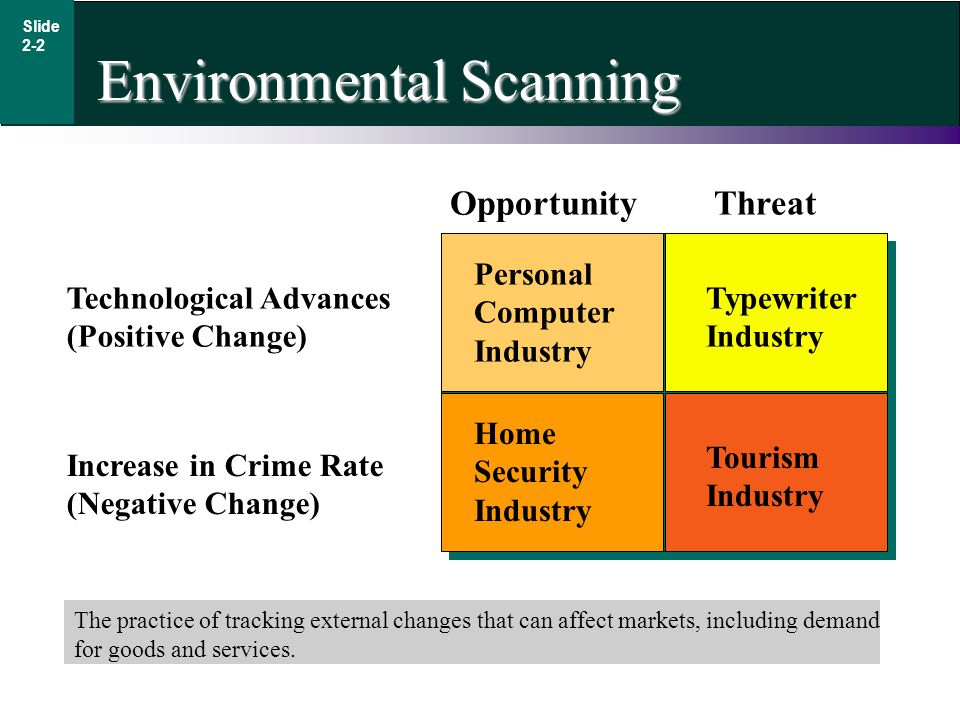 On printers not designed for this, duplex printing is not recommended because it can cause clogging and eventually damage the printer (see #1).
On printers not designed for this, duplex printing is not recommended because it can cause clogging and eventually damage the printer (see #1).
Another way to avoid wasting paper is quality printing, the fewer rejected documents, the less you will need to spend on printing. And such printing, as we have already said, can be provided by original cartridges from the manufacturer and remanufactured ones.
#4 Eco-friendly. Economical. Ergonomic
In addition to the correct consumption of consumables and attitude to printing technology, there is such a difficult issue as the ergonomics of space.
First, printers can be hazardous to health. Now the level of technology is already high enough that you should not expect a critically dangerous release of powder or evaporation of hazardous substances into the air, but still particles of toner, especially when replacing cartridges or when printing a large number of images, graphics, etc., get into the air . Therefore, we do not recommend that you keep the printer directly next to the workplace.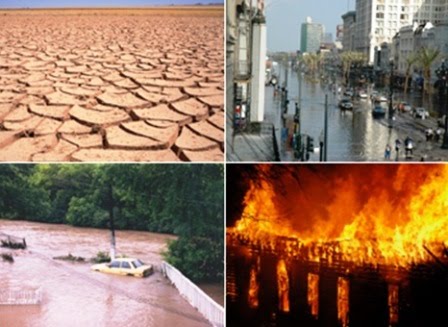 The second thing that follows from this is how many printers are needed in one room. If, for example, this is a small room up to 5 people, then there is no need to put the printer on the table for everyone - you need to optimize the space, thereby reducing costs, including electricity, and as a result, cash costs.
The second thing that follows from this is how many printers are needed in one room. If, for example, this is a small room up to 5 people, then there is no need to put the printer on the table for everyone - you need to optimize the space, thereby reducing costs, including electricity, and as a result, cash costs.
Technology is advancing and more and more companies are concerned about the production of environmental technology. So it is in the printer market. New technologies have already begun to appear, with reduced power consumption by changing the structure of the toner.
The history of the emergence of environmental printing - Studopediya
Share
It must be said that the press has always been concerned about the state of the environment, thereby expressing the point of view of contemporary readers. Under 19For 81 years there was not a single special environmental publication in the USSR. This problem was considered in some socio-political and specialized journals, such as "Science and Life", "Young Naturalist", "Technology-Youth" and others. Publications on environmental topics appeared both in the central and local press. One of the first directions in journalism was the topic of protected areas, the purpose of which is the preservation of natural landscapes, as well as the flora and fauna inherent in them in their original form. This topic in print was the forerunner of today's environmental topics. The topic of increasing the plant world was also widely considered. The press tried to show this or that environmental problem in all its diversity, but common sense did not always win.
Publications on environmental topics appeared both in the central and local press. One of the first directions in journalism was the topic of protected areas, the purpose of which is the preservation of natural landscapes, as well as the flora and fauna inherent in them in their original form. This topic in print was the forerunner of today's environmental topics. The topic of increasing the plant world was also widely considered. The press tried to show this or that environmental problem in all its diversity, but common sense did not always win.
Purposeful actions were needed to improve the country's environment. The environmental information system has prioritized human needs for a healthy environment. Human pain, accumulated for decades, splashed out on the pages of newspapers. Important changes have taken place in the consciousness of a person, the realization has begun that he himself influences the change in the ecological situation in the country. This is one of the essential factors that ensured the emergence of ecological printing. An equally important factor contributing to the formation of eco-press is the universality of environmental problems. The territory of Russia is huge, and humanity does not immediately think about the fact that nature requires a careful attitude towards it.
An equally important factor contributing to the formation of eco-press is the universality of environmental problems. The territory of Russia is huge, and humanity does not immediately think about the fact that nature requires a careful attitude towards it.
In 1981, in June, the only environmental magazine in the country called "Nature and Man" was published. This magazine exists to this day, although already under the name "Light" with the subtitle "Nature and Man." Initially, the magazine paid much attention to the problems of the spiritual in man and the environment. Now the magazine has moved away from this subject a little and began to answer its former name, talking about nature and how a person affects it. In the same year, 1981, the international children's environmental magazine "Flashlight" was published. It must be said that at that time magazines and newspapers portrayed the environmental situation in the country mainly in bright colors. The censorship that existed hid all the negativity.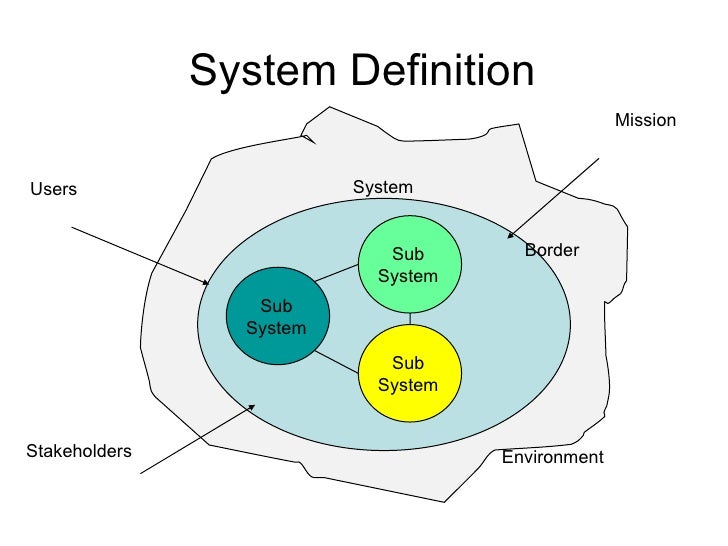 The situation began to change only after perestroika, when the Supreme Soviet of the USSR adopted the Mass Media Law, which ensured freedom of speech. In April 1990, the first weekly Russian environmental newspaper Zeleny Mir was published with the subtitle Problems and Programs. Today, this newspaper has become the leading Russian environmental publication, whose task is to resolve major environmental problems. In November of the same year, the Ecological Newspaper was also published, but, unfortunately, it did not last long. And on February 19In 1991, the All-Union ecological newspaper "Salvation" appeared, which was distributed in all states of the CIS and the former Soviet Union. This newspaper addressed the spiritual world of man. At the moment there is a publication called "Ecology and Life". A respectable publication is the magazine "Vokrug sveta".
The situation began to change only after perestroika, when the Supreme Soviet of the USSR adopted the Mass Media Law, which ensured freedom of speech. In April 1990, the first weekly Russian environmental newspaper Zeleny Mir was published with the subtitle Problems and Programs. Today, this newspaper has become the leading Russian environmental publication, whose task is to resolve major environmental problems. In November of the same year, the Ecological Newspaper was also published, but, unfortunately, it did not last long. And on February 19In 1991, the All-Union ecological newspaper "Salvation" appeared, which was distributed in all states of the CIS and the former Soviet Union. This newspaper addressed the spiritual world of man. At the moment there is a publication called "Ecology and Life". A respectable publication is the magazine "Vokrug sveta".
The time associated with perestroika in Russia determined the dynamics of the formation of environmental, "green" journalism.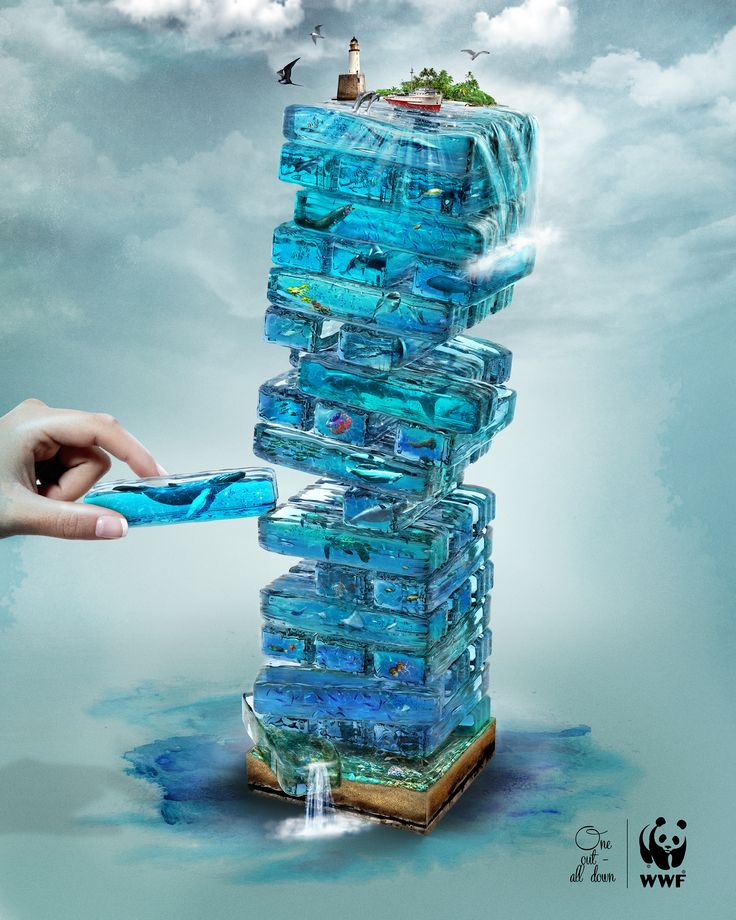 Let's define the concept of "environmental or green press", which was formed during this period. “These are newspapers, magazines, bulletins, digests and other periodicals that specialize in covering various aspects and problems of ecology and environmental protection. Their goal is not only to inform the population about existing environmental problems, but also to help improve the relevant literacy and culture of the population, thereby implementing the idea of continuous environmental education” 5 .
Let's define the concept of "environmental or green press", which was formed during this period. “These are newspapers, magazines, bulletins, digests and other periodicals that specialize in covering various aspects and problems of ecology and environmental protection. Their goal is not only to inform the population about existing environmental problems, but also to help improve the relevant literacy and culture of the population, thereby implementing the idea of continuous environmental education” 5 .
A difficult time fell on the formation of environmental journalism. It was extremely difficult to work in conditions of prohibition and pressure from the authorities.
During this period in the history of environmental journalism, another interesting event took place, which should be mentioned. This is the appearance of the bulletin of the Russian branch of the international non-governmental non-profit organization "Greenpeace in Russia".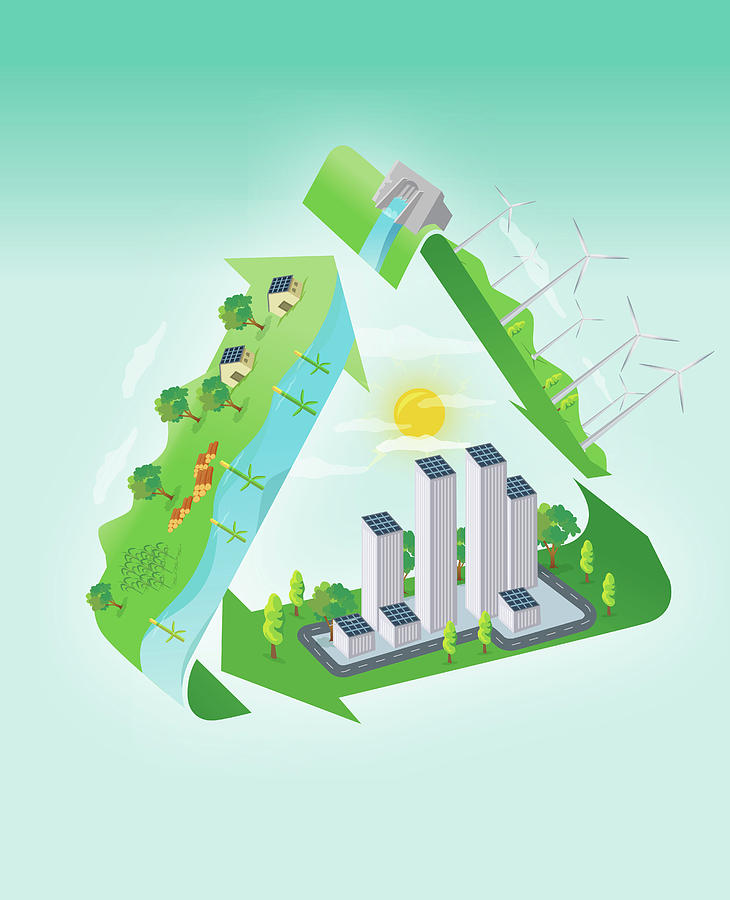 “This publication was characterized by such characteristic features as information saturation, visibility, uncompromisingness, focus on slow practical action” 6 . To date, the bulletin in the form in which it was conceived by the authors no longer exists. All Greenpeace printed products are reduced to leaflets devoted to various topical environmental topics.
“This publication was characterized by such characteristic features as information saturation, visibility, uncompromisingness, focus on slow practical action” 6 . To date, the bulletin in the form in which it was conceived by the authors no longer exists. All Greenpeace printed products are reduced to leaflets devoted to various topical environmental topics.
In addition to newspapers and magazines, there are news agencies dealing with environmental issues. These are such as RASI (Russian Agency for Socio-Economic Information) and the Globus Press Syndicate.
In parallel with environmental publications, there are also those that are aimed at satisfying the reader's interests, but environmental problems are also considered in them. These are, for example, publications for animal lovers: “Cat and Dog”, “Call”, “Nika”. Or publications of gardeners and gardeners: Summer Residents, Six Acres.
In the early 1990s, in addition to Moscow environmental publications, in many republics of the former Soviet Union such “green” publications were published: “Nabat” (Minsk), “Elpa” (Riga), “Ave Natura” (Chisinau), “Saryad "(Baku)," Ecocourier "(Alma-Ata) and many others.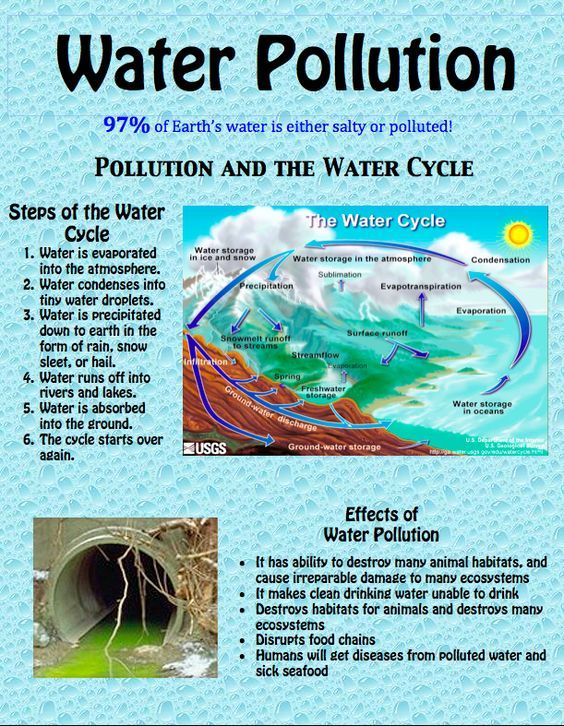 These publications, despite the regionality, were distributed throughout the country. Also in Russia, such regional environmental newspapers as Eco-Vestnik (Kirov), Luch (Perm), Boomerang (Voronezh), the Yekaterinburg edition Key of the Earth, and many others have emerged.
These publications, despite the regionality, were distributed throughout the country. Also in Russia, such regional environmental newspapers as Eco-Vestnik (Kirov), Luch (Perm), Boomerang (Voronezh), the Yekaterinburg edition Key of the Earth, and many others have emerged.
Today, the list of environmental publications includes more than 150 titles. Many Russian environmental periodicals are a variety of applications. For example, the Krasnodar Ecological Bulletin is a supplement to the Volnaya Kuban newspaper. The appearance of the eco-press led to the beginning of the formation of an ecological mentality not only in large cities, but also in all regions of Russia. At this time, the impression is that “Russian environmental journalists in many respects still lack the feeling of the need for creative search, professional fantasy, and the desire to attract an audience. The uniformity of titles of publications in different regions and the uniformity of publications of these publications is a characteristic feature of Russian environmental journalism” 7 .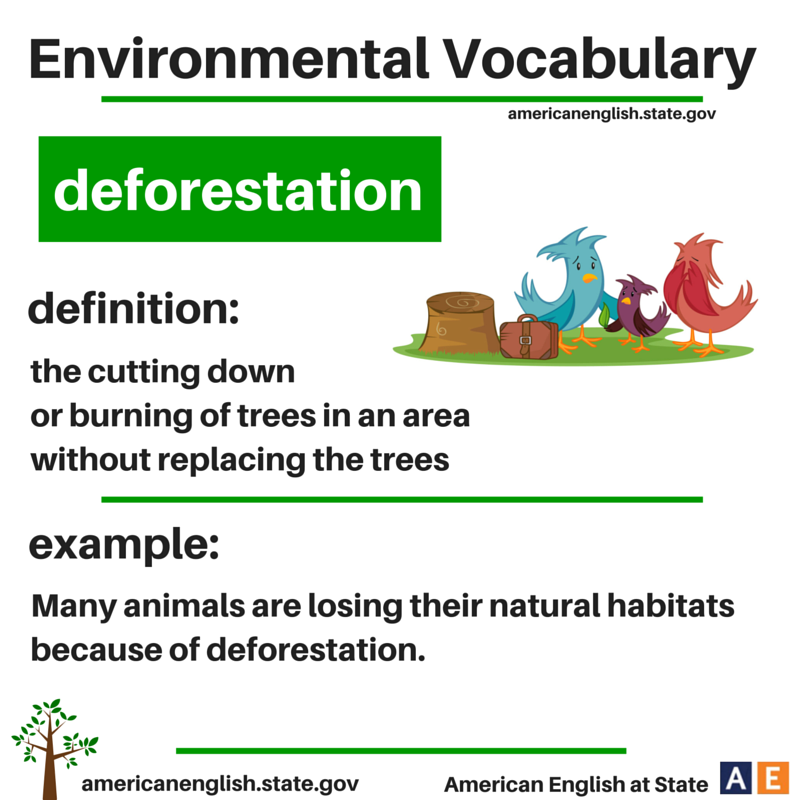 Almost every title contains the word ecology, for example, "Ecological Bulletin", "Bulletin of Ecology", "Eco Bulletin", "Ecological Diary", "Ecology and Life", "Ecological Newspaper" and many others. Uniformity is visible not only in the titles, but also in headings, for example, "Man and nature" or "Nature and man", or "Nature and us" or "Ecology and us", or "We and ecology", and so on for a long time list.
Almost every title contains the word ecology, for example, "Ecological Bulletin", "Bulletin of Ecology", "Eco Bulletin", "Ecological Diary", "Ecology and Life", "Ecological Newspaper" and many others. Uniformity is visible not only in the titles, but also in headings, for example, "Man and nature" or "Nature and man", or "Nature and us" or "Ecology and us", or "We and ecology", and so on for a long time list.
Today, the environmental theme in the press is going through hard times. Firstly, it is important for people to solve today's problems, and secondly, people are tired of negative information and are looking for good positive news. The opinion that negative and sensational information has a very strong effect on a person has been preserved, since this kind of publication encourages him to act. Therefore, journalism is more focused on bad news, although it tries to look for something positive. According to Sizova L.V. Another reason for the current troubles of environmental journalism lies not so much in the loss of journalistic skills, but in its oblivion. To many, this seems unnecessary in the process of establishing a new Russian journalism based on Western models. However, many Western journalists attach great importance to the skill factor. “An environmental journalist must have the knowledge of a scientist and the skills of a reporter, be observant, persistent, well organized, able to give up his conceptual egoism at any moment, have the ability not to raise the problem to unattainable heights, but try to reach the problem through a person” 8 .
To many, this seems unnecessary in the process of establishing a new Russian journalism based on Western models. However, many Western journalists attach great importance to the skill factor. “An environmental journalist must have the knowledge of a scientist and the skills of a reporter, be observant, persistent, well organized, able to give up his conceptual egoism at any moment, have the ability not to raise the problem to unattainable heights, but try to reach the problem through a person” 8 .
Today, journalists must master not only the traditional methods known as observations, interviews, document processing, but also relatively new and effective methods, such as the organization of polemics and discussions, as well as journalistic investigation and monitoring.
By the way, it is necessary to mention one more interesting fact that in the late 70s - mid 80s. in many regional publications, a new super-genre form has appeared, which is an ecological thematic strip. Thematic pages were loved by readers. The effectiveness of creating such pages in the press has been proven: “The frequency of issue, a permanent place in the newspaper, the use of all areas of environmental journalism (political and legal, bioeconomic, cognitive and moral and aesthetic), a clear compositional construction, various headings, a variety of genre solutions for materials - indicate that environmental pages, as one of the supra-genre forms of organizing newspaper material on environmental issues, is an effective form found by journalistic practice” 9 . Today, such environmentally thematic pages have almost disappeared, both readers and journalists feel it. Everything is connected with the fact that environmental headings appear quite rarely and publications are not always interesting and professional.
Thematic pages were loved by readers. The effectiveness of creating such pages in the press has been proven: “The frequency of issue, a permanent place in the newspaper, the use of all areas of environmental journalism (political and legal, bioeconomic, cognitive and moral and aesthetic), a clear compositional construction, various headings, a variety of genre solutions for materials - indicate that environmental pages, as one of the supra-genre forms of organizing newspaper material on environmental issues, is an effective form found by journalistic practice” 9 . Today, such environmentally thematic pages have almost disappeared, both readers and journalists feel it. Everything is connected with the fact that environmental headings appear quite rarely and publications are not always interesting and professional.
The environmental press has passed a huge stage in its activity, while retaining its independence from power structures.
Summing up the review of the environmental press, we can highlight the main factors that contributed to the emergence of the environmental press:
“1.